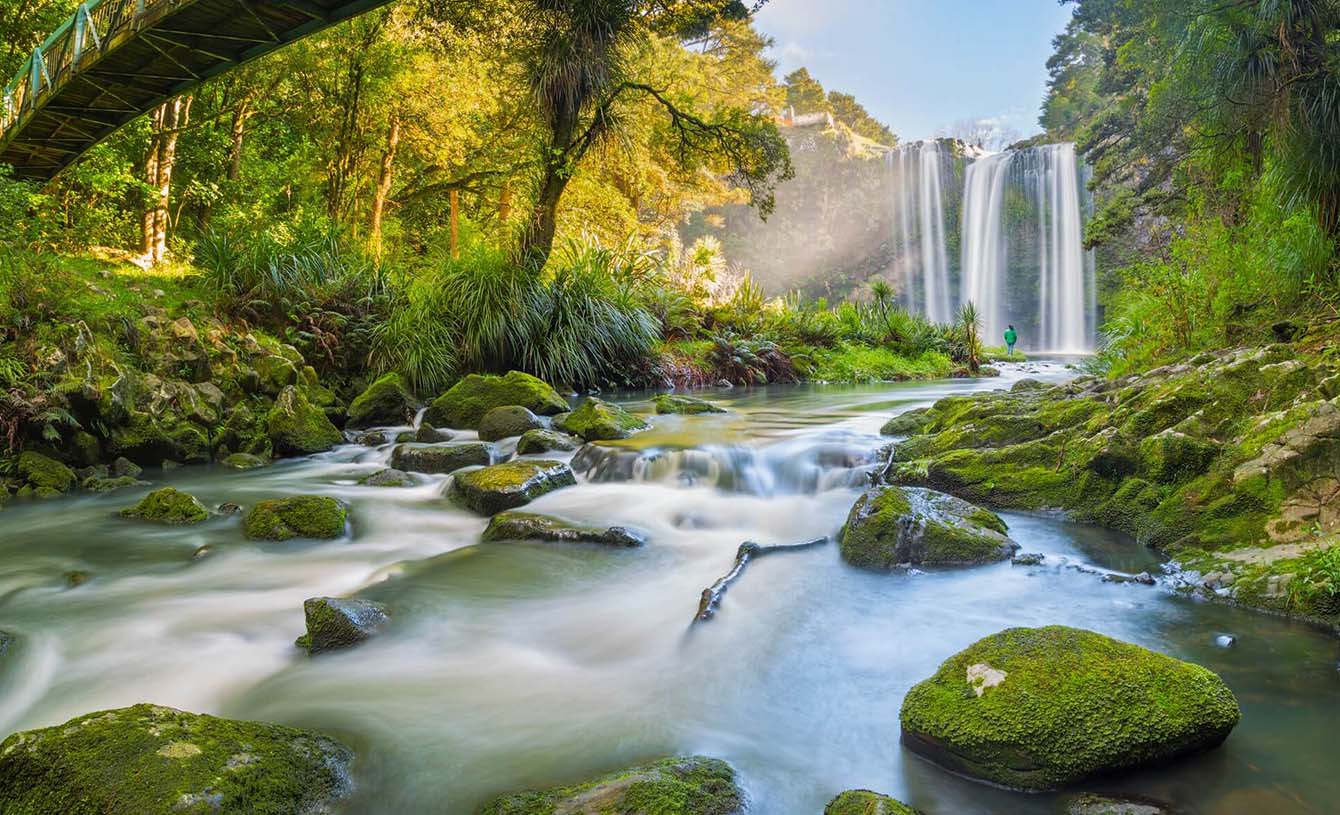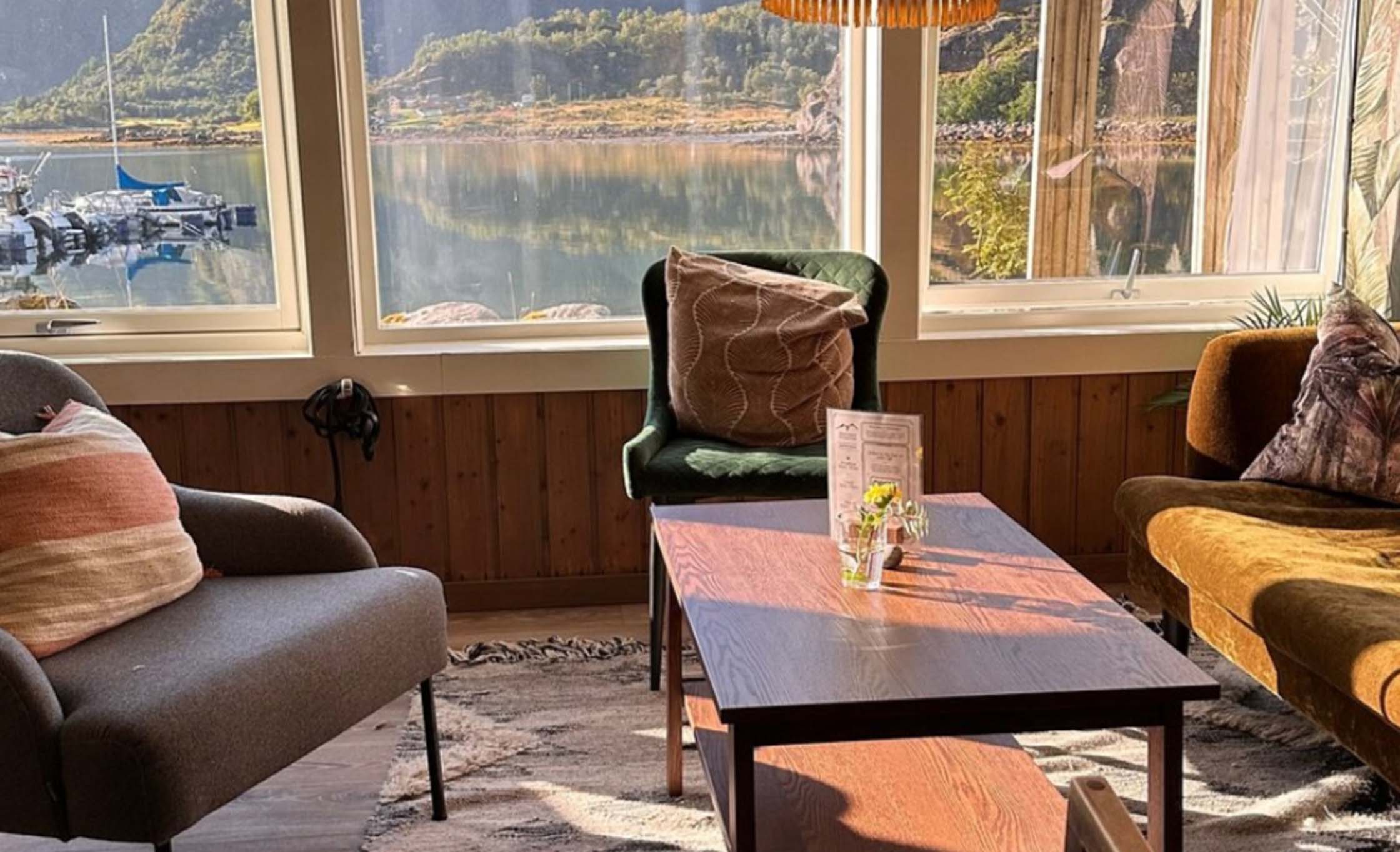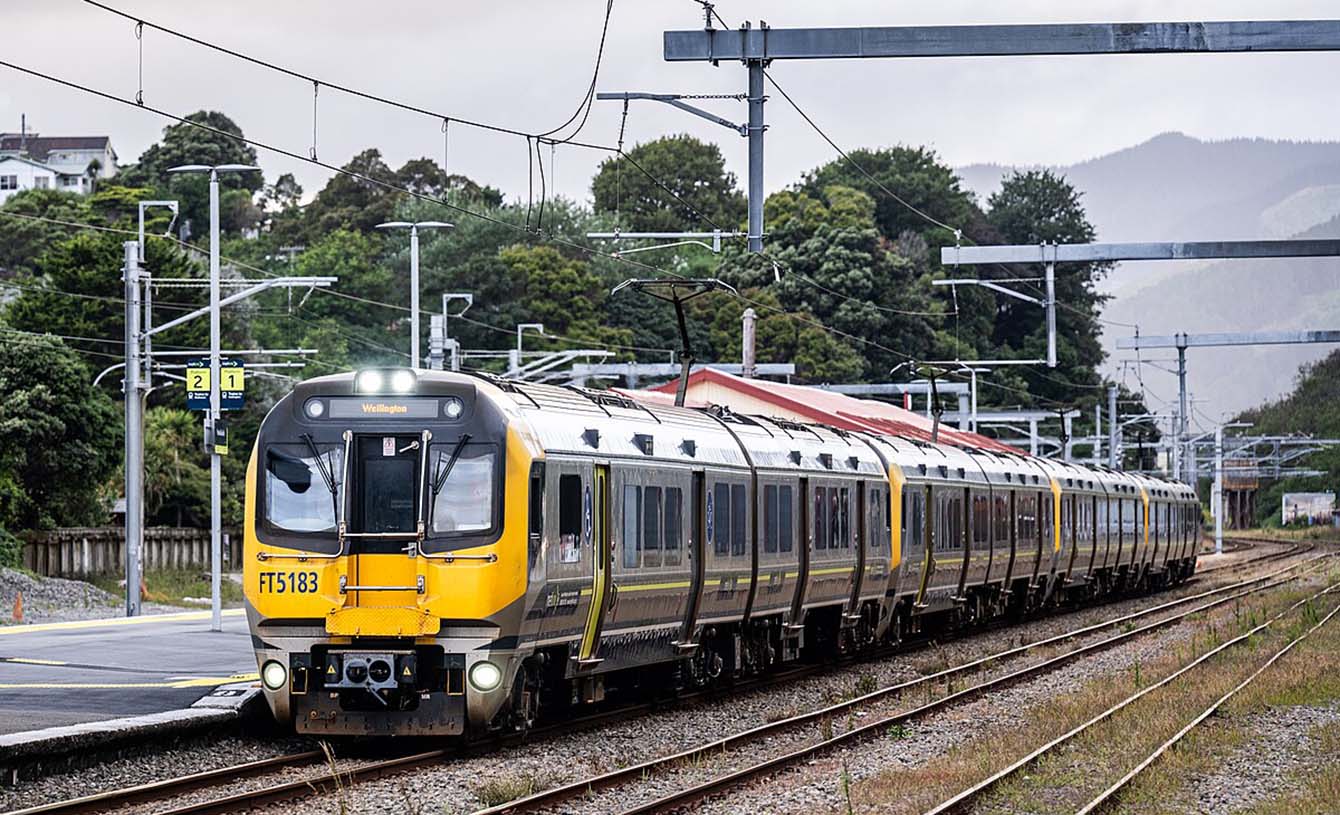New Zealand, this enchanting country, known for its diverse landscapes and vibrant culture, offers an unforgettable experience for every traveler.
I’ve put together a comprehensive guide to help you navigate through New Zealand, providing essential tips, insights, and recommendations to ensure you have the perfect trip.
Travel Essentials: What to Pack and Wear
Clothing Tips
When traveling to New Zealand, it’s essential to be prepared for a variety of weather conditions, as the climate can be quite changeable, especially in spring and autumn. Here’s a quick rundown of what you should pack:
1. Layering Clothes: The weather can change rapidly, so bring layers. Start with a base layer (thermal tops and bottoms if you’re visiting in the cooler months), add a middle layer (like a fleece or sweater), and finish with a waterproof outer layer.
2. Comfortable Footwear: Whether you’re planning on hiking in Fiordland or strolling through Wellington, comfortable walking shoes or hiking boots are a must.
3. Sun Protection: The sun in New Zealand can be very strong, even on cloudy days. Pack a hat, sunglasses, and plenty of high-SPF sunscreen.
4. Casual Wear: New Zealand is generally quite relaxed in terms of dress code. Casual, comfortable clothes will be suitable for most situations.
5. Formal Wear: If you plan on dining at high-end restaurants or attending any formal events, pack at least one dressy outfit.
Travel Gear
Besides clothing, there are a few other essentials you’ll need to ensure a smooth trip:
1. Backpack or Daypack: For day trips and hikes, a sturdy and comfortable backpack is essential.
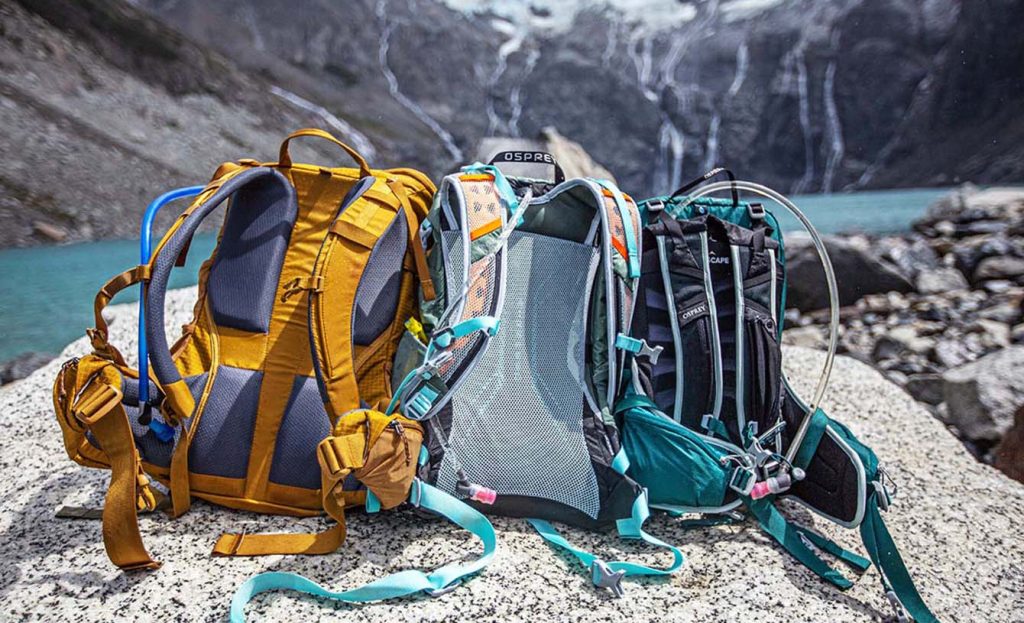
2. Reusable Water Bottle: Stay hydrated and reduce plastic waste by carrying a reusable water bottle.
3. Power Adapter: New Zealand uses Type I electrical outlets, so bring a compatible power adapter.
4. Camera: With its breathtaking landscapes, you’ll want to capture every moment.
5. Travel Guidebook or Maps: Although smartphones are handy, having a physical map or guidebook can be very useful, especially in areas with limited reception.
6. First Aid Kit: A basic first aid kit can come in handy for minor injuries or ailments.
Understanding Local Culture and Etiquette
Maori Culture
New Zealand is deeply rooted in Maori culture, and it’s essential to respect and understand their traditions and customs. Here are a few tips:
1. Greetings: “Kia ora” is a common Maori greeting, which you’ll hear frequently. It’s a warm and friendly way to say hello.
2. Marae Etiquette: A marae is a sacred Maori meeting ground. If you visit one, ensure you follow the protocol, which usually includes a formal welcome ceremony called a pōwhiri.
3. Respect for Nature: Maori culture places a strong emphasis on the natural world. Treat the environment with respect, and be mindful of sacred sites.
General Etiquette
1. Tipping: Tipping is not mandatory in New Zealand, but it is appreciated for exceptional service.
2. Personal Space: New Zealanders value their personal space. A handshake is a common form of greeting in professional settings, while a hug or kiss on the cheek may be acceptable among friends.
3. Punctuality: Being on time is important in New Zealand. If you have appointments or reservations, try to arrive promptly.
Money Matters: Currency Exchange and ATM Tips
Currency Exchange
New Zealand uses the New Zealand Dollar (NZD). It’s a good idea to exchange some money before you arrive, but you can also exchange currency at airports, banks, and exchange offices throughout the country. Here are a few tips for getting the best rates:
1. Compare Rates: Different exchange services offer different rates. Compare a few options before exchanging your money.
2. Avoid Airport Exchanges: While convenient, airport exchange services often have lower rates and higher fees.
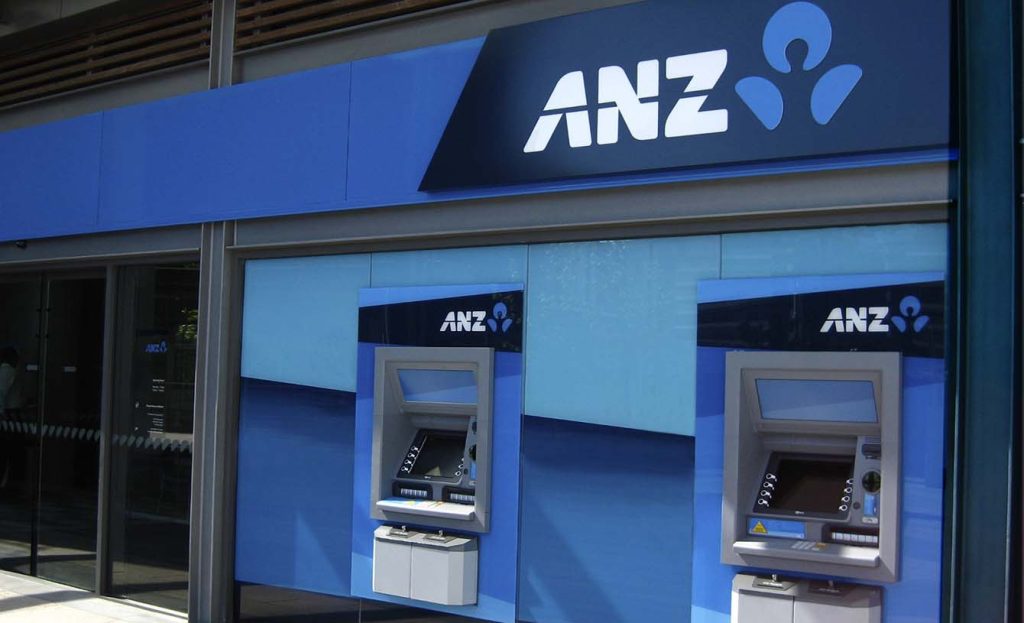
3. Use ATMs: Often, withdrawing cash from an ATM using a credit or debit card gives you the best exchange rate, even after accounting for any fees your bank might charge.
Using ATMs
ATMs are widely available throughout New Zealand, even in smaller towns. Here are some tips for using ATMs:
1. Check Fees: Some ATMs charge fees for international cards. Check with your bank to see if they have partnerships with New Zealand banks to avoid additional charges.
2. Notify Your Bank: Let your bank know you’ll be traveling to New Zealand to avoid any issues with card usage.
3. Safety: Use ATMs in well-lit, busy areas and be cautious of your surroundings.
Budgeting Tips for Your Trip
Planning Your Budget
New Zealand can be a bit pricey, but with careful planning, you can make the most of your budget. Here are some tips to help you manage your expenses:
1. Accommodation: Consider staying in budget-friendly options like hostels, motels, or Airbnb. If you’re traveling in a group, renting a holiday home can be cost-effective.
2. Food and Drink: Eating out can add up quickly. Save money by shopping at local supermarkets and preparing some of your meals. Farmers’ markets are also great for fresh, affordable produce.
3. Transport: Public transport is available in major cities, but renting a car can be more convenient for exploring the countryside. Look for car rental deals and consider carpooling to save on costs.
4. Activities: Many of New Zealand’s best attractions, like national parks and beaches, are free to visit. Look for free or low-cost activities to balance out more expensive experiences.
Sample Budget
Here’s a rough breakdown of a daily budget for a mid-range traveler in New Zealand:
– Accommodation: NZD 80-150
– Food and Drink: NZD 40-70
– Transport: NZD 30-60
– Activities: NZD 20-100
– Miscellaneous: NZD 10-20
Must-Visit Attractions
New Zealand is home to countless stunning sights and exciting activities. Here are four must-visit destinations:
1. Milford Sound
Located in Fiordland National Park, Milford Sound is a breathtaking fjord known for its dramatic scenery and abundant wildlife. Take a boat cruise to fully appreciate the towering cliffs, cascading waterfalls, and serene waters. For the more adventurous, kayaking is a fantastic way to explore the fjord up close.
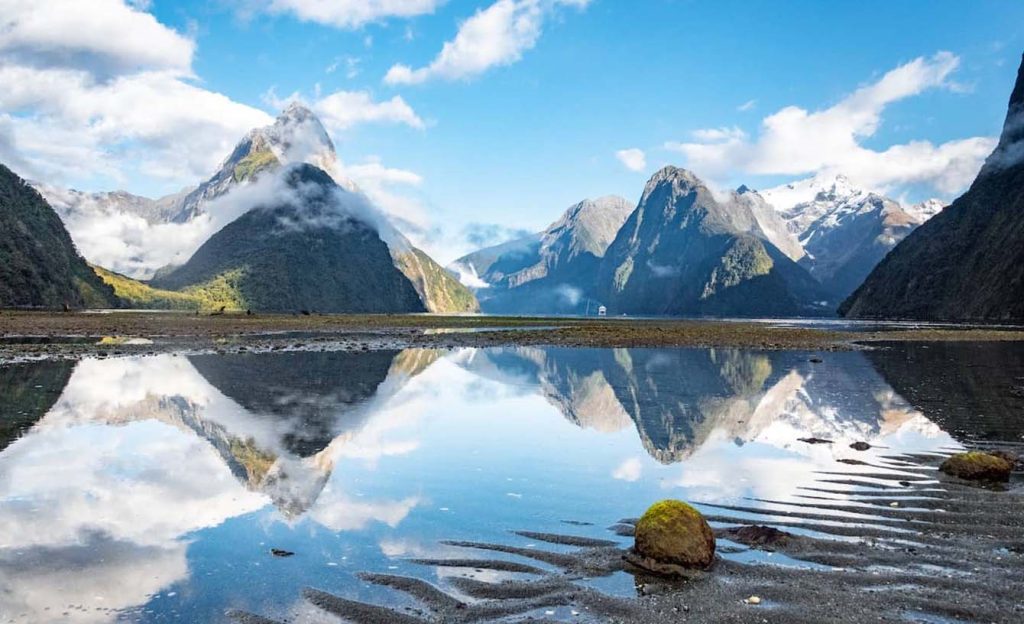
2. Rotorua
Rotorua is famous for its geothermal activity and Maori culture. Visit the bubbling mud pools and geysers at Wai-O-Tapu Thermal Wonderland, and experience a traditional Maori performance and feast at Te Puia. The region also offers beautiful lakes and lush forests for hiking and biking.
3. Queenstown
Known as the adventure capital of New Zealand, Queenstown offers thrilling activities like bungee jumping, skydiving, and jet boating. For a more relaxed experience, take a scenic gondola ride to Bob’s Peak for stunning views of the town and Lake Wakatipu. In the winter, the nearby ski resorts provide excellent skiing and snowboarding.
4. Hobbiton
Fans of “The Lord of the Rings” and “The Hobbit” films will love visiting Hobbiton, located in Matamata. Take a guided tour of the movie set, where you can explore the charming hobbit holes and the famous Green Dragon Inn. The picturesque landscape makes for fantastic photo opportunities.
Street Food Delights
New Zealand’s street food scene offers a delicious array of options, perfect for a quick and tasty meal. Here are some popular street foods you should try:
1. Hangi
A traditional Maori dish, hangi is a must-try. Meat and vegetables are slow-cooked in an underground oven, resulting in tender and flavorful food. Look for hangi at food festivals or cultural events.
2. Whitebait Fritters
A Kiwi favorite, whitebait fritters are made with tiny, delicate fish mixed with eggs and lightly fried. They’re often served with lemon wedges and bread and can be found at street food stalls and fish markets.
3. Meat Pies
New Zealand’s meat pies are legendary. These savory pastries come filled with a variety of meats and flavors, such as steak and cheese, mince and cheese, or lamb and mint. They’re perfect for a quick snack or a hearty meal on the go.
4. Fish and Chips
You can’t visit New Zealand without trying fish and chips. Freshly caught fish, battered and fried to perfection, served with crispy fries, is a classic Kiwi dish. Look for local fish and chip shops, especially in coastal towns.
Street Food Safety Tips
1. Check for Cleanliness: Ensure the food stall or truck is clean and well-maintained.
2. Observe Food Handling: Watch how the food is prepared and handled. Avoid places where hygiene standards seem lax.
3. Eat Fresh: Choose items that are freshly cooked and avoid anything that looks like it has been sitting out for too long.
Navigating Transportation
Getting around New Zealand is relatively easy, with various transportation options available:
Rental Cars
Renting a car is one of the best ways to explore New Zealand, giving you the freedom to travel at your own pace. Here are some tips:
1. Book in Advance: To get the best rates, book your rental car well in advance.
2. Choose the Right Vehicle: Depending on your itinerary, you might need a standard car, a 4WD, or a campervan.
3. Drive Safely: Remember
to drive on the left side of the road. Take breaks on long drives and be cautious on narrow or winding roads.
Public Transport
In major cities like Auckland, Wellington, and Christchurch, public transport is a convenient option:
1. Buses and Trains: Use local buses and trains to get around the cities. Check schedules and routes online or at local stations.
2. Ferries: Ferries are a scenic way to travel between the North and South Islands, as well as to some smaller islands.
Domestic Flights
For long-distance travel between cities, domestic flights can save time. Airlines like Air New Zealand and Jetstar offer regular flights.
Local SIM Cards and Connectivity
Staying connected is essential while traveling. Here’s how to get a local SIM card:
1. Where to Buy: You can purchase SIM cards at airports, convenience stores, and mobile phone shops. Popular providers include Spark, Vodafone, and 2degrees.
2. Plans and Data: Choose a plan that suits your needs. Most providers offer a range of prepaid plans with varying amounts of data, call, and text allowances.
3. Activation: SIM cards are usually easy to activate. Follow the instructions provided with the card, or ask a store representative for help.
Itinerary Planning and Budget Adjustments
Planning Your Itinerary
Creating a well-thought-out itinerary can help you make the most of your trip:
1. Research and Prioritize: List the places and activities you want to experience. Prioritize them based on your interests and time available.
2. Flexible Schedule: While it’s good to have a plan, allow some flexibility for spontaneous adventures or unexpected changes.
3. Travel Times: Consider the travel times between destinations to avoid spending too much time on the road.
Budget Adjustments
Staying within your budget can be challenging but manageable with these tips:
1. Track Expenses: Keep a daily record of your spending to stay aware of your budget.
2. Adjust Plans: If you overspend in one area, look for ways to save in another. For example, have a few picnic meals instead of dining out every day.
3. Look for Deals: Keep an eye out for discounts on attractions, accommodations, and transport.
Travel Insurance Recommendations
Travel insurance is essential for any trip to cover unexpected events such as medical emergencies, trip cancellations, and lost luggage. Here are some tips:
1. Comprehensive Coverage: Look for a policy that offers comprehensive coverage, including health, travel delays, and theft.
2. Compare Policies: Use comparison websites to find the best deals and coverage options.
3. Read the Fine Print: Understand what is and isn’t covered by your policy. Pay attention to exclusions and coverage limits.
